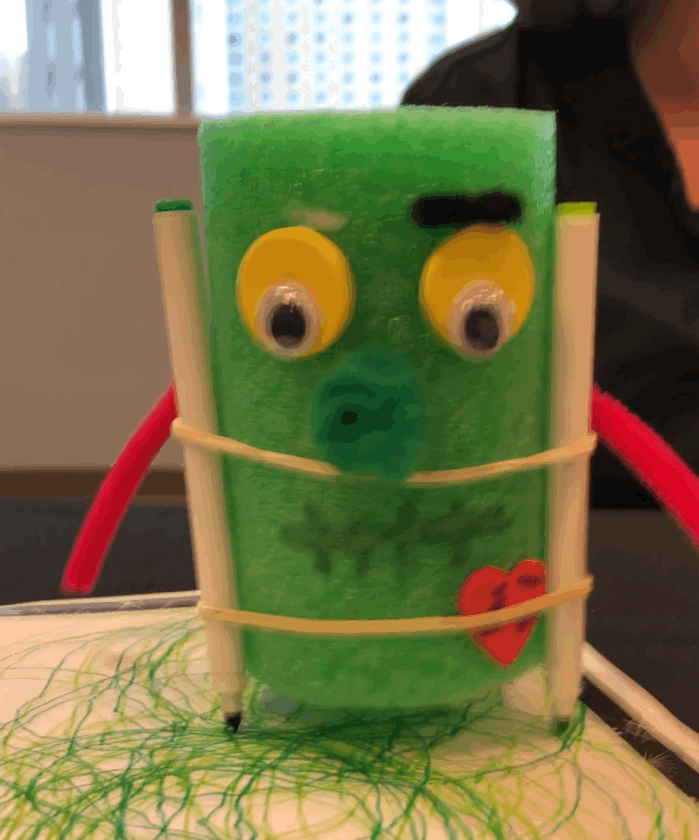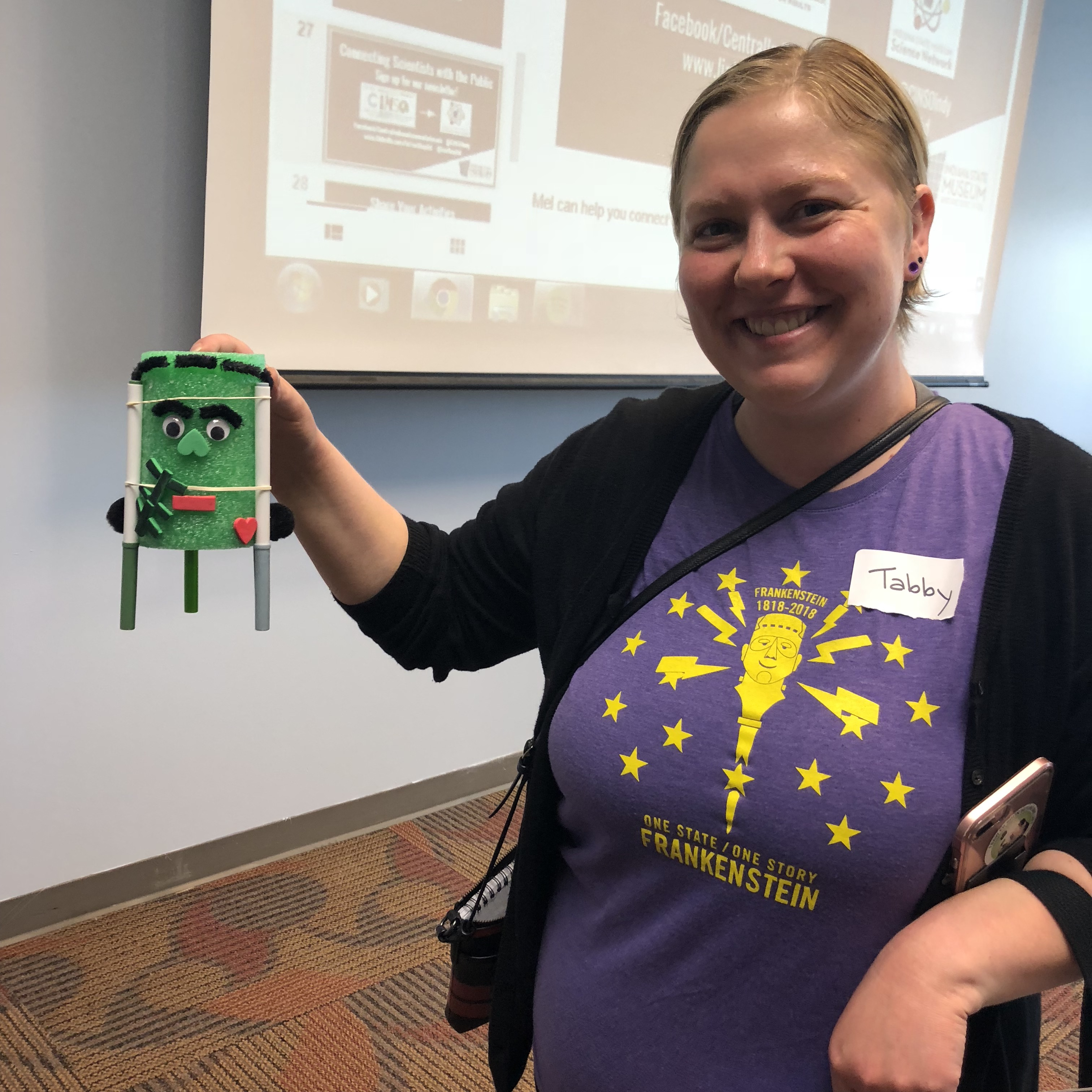Five Things We Learned: Teaching Science with Frankenstein
May 30, 2018On May 19, Indiana Humanities worked with Dr. Mel Fox of the Indiana State Museum to present Electrifying Education: Teaching Science with Frankenstein to a group of more than two…
On May 19, Indiana Humanities worked with Dr. Mel Fox of the Indiana State Museum to present Electrifying Education: Teaching Science with Frankenstein to a group of more than two dozen educators from around the Hoosier state! Here are some things attendees learned during the workshop:
Arizona State University and the National Informal Science Educator’s Network have great ideas for using Frankenstein as a jumping off point to investigate questions about responsible innovation.
The Frankenstein200 Kit is a set of digital resources freely available and geared toward teachers, librarians, museum staff and other science educators. The kit, comprised of seven activity guides, communications resources and event planning tips and checklists, gives program planners everything they need to introduce fun, hands-on activities with discussions exploring some of the hardest questions about scientific and technological developments.

Making a Scribblebot is fun (even for adults!) and helps us consider important questions.
During the workshop, we dusted off the craft supplies and encouraged attendees to get creative in making their very own Scribblebot. At less than $2 each, this activity is an affordable way for young innovators to make their own robot that scribbles its way across a piece of paper. Important questions arise: What can you change about the Scribblebot to make it move differently? Is your bot alive, or does it just seem to be? If the piece of art your bot creates were to win an award, who gets the award—you or your bot?

Even 200 years from its publication, Frankenstein connects with current debates about science and technology.
During the workshop we heard about labs 3-D printing organs and using stem cells to grow a brain. We thought about the ethics of experimenting on animals to create new medicines or treatments for cancer. We contemplated if an artificial intelligence constitutes a self along with the ethics of creating or caring for such beings. All these innovations pose the same questions Mary Shelley has evoked in readers for two centuries. Should Victor have pieced a creature together from spare animal and human parts? Is the creature human? Is he sentient? Why do these questions matter when we consider how he is treated? What responsibility does Victor Frankenstein have for the creature or the creature’s actions?
Get a scientist involved!
There are doctors, engineers, mathematicians, physicists, chemists, programmers and more working all over the Hoosier state. Attendees were encouraged to invite a scientist to speak with their audiences—whether they be meeting in a classroom or at a book club. Experts provide a unique perspective and don’t often get to talk about their exciting work. Workshop attendees thought about experts that live in their communities, and how they might invite innovators to have conversations about the future of science and technology.
Look for resources in your own community!
In addition to experts, we brainstormed companies, colleges or universities that might be willing to demonstrate their research or innovations. Additionally, the Indiana State Museum has a whole host of programs designed to connect scientists with the public. Visit the Indiana State Museum, and follow the organization onFacebook and Twitter for updates.
Thanks to all who attended the workshop to learn how to “electrify” education with Frankenstein for inspiration. Be sure to check out the Frankenstein200 kit for more ideas on how to bring Frankenstein to life!



